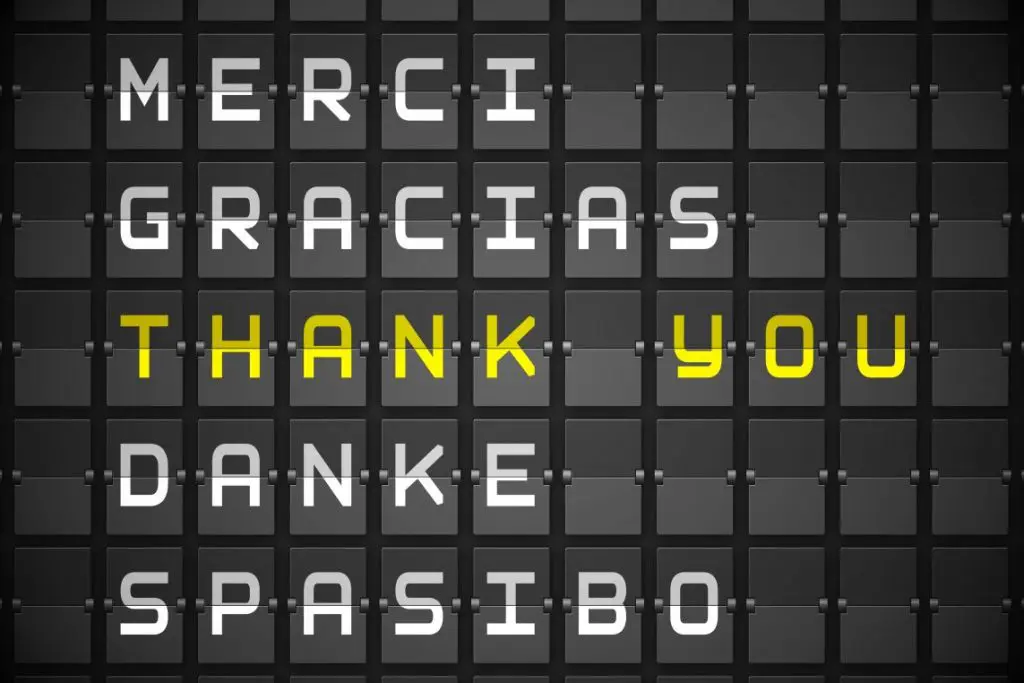German and Dutch: Particular Features of Translation
As broadly similar languages, German and Dutch have much in common but nonetheless differ in many areas. Although they are often referenced as examples of two similar languages from different countries, we have decided to show you today where these two languages diverge, and which features to take into account when translating.
-
Cases
A frequently cited feature of the German language is the use of its four cases; nominative, accusative, dative and genitive, which all give more information about the role of a noun in a sentence. Despite, having origins in a similar Germanic language, Dutch has effectively eliminated these cases over time, although they can be seen in a select number of set phrases. This is a key point to consider when translating a text from German to Dutch or vice versa.
-
Articles
German uses three different forms of the definite article in the nominative case, der, die, das, for masculine, feminine and neuter nouns respectively, but these can also change in the different cases (see previous point). In Dutch only two definite articles are used, de and het, depending on the gender and number of the noun. There are several specific rules in this area but generally speaking, het is used for neuter nouns, while de is used for both masculine and feminine nouns as well as all plurals regardless of gender. This must be kept in mind during translations, otherwise your reader may struggle to understand the eventual translated text.
-
Word order
These two languages have generally similar rules regarding word order but there are a few important distinctions worth pointing out. Dutch is the more flexible language, particularly in terms of inversion for questions and the affect of subordinating conjunctions. In Dutch the verb will normally still move to the end of the sentence, but in the case that there are two verbs, in Dutch they can be placed in whichever order seems better in that instance, in contrast to the stricter rules of German. In German the verb which would ordinarily be earlier in the sentence, will be moved to the very final word. This is important to remember in translations, to ensure that the text is as accurate as possible.
Now that you know about the issues of translation between German and Dutch, why not read some of our articles on the features of translating other pairs of languages.

